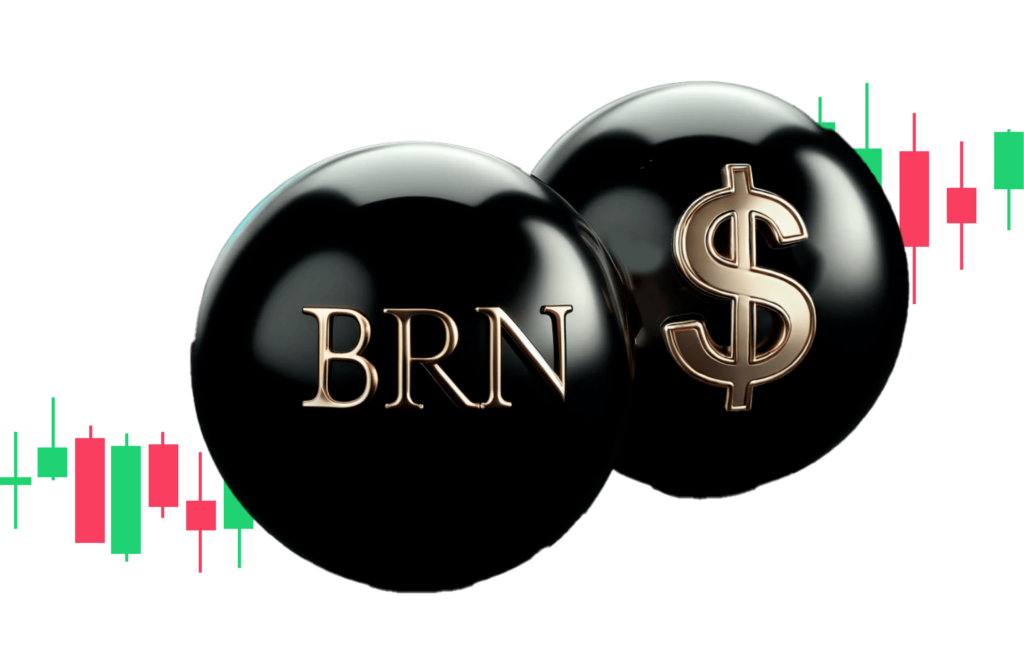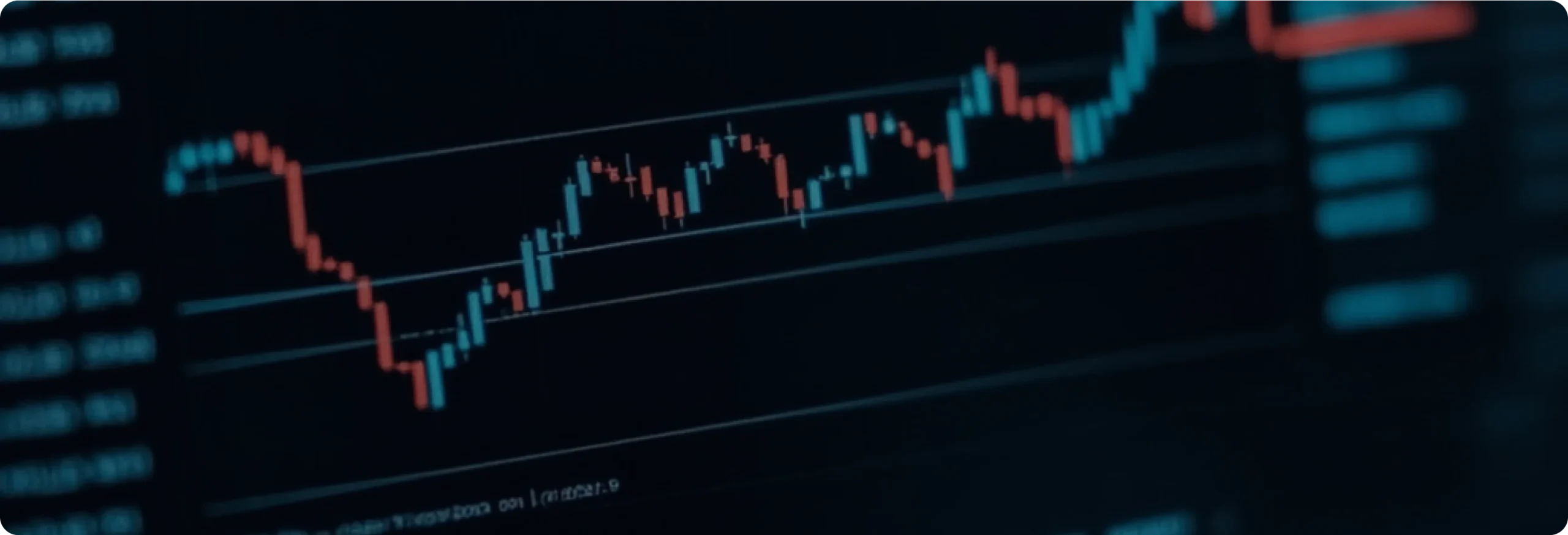Middle East Tensions and China’s Economic Stimulus: A Tug-of-War
Despite expectations of an oversupply in 2025, Brent Crude prices have continued their downward trajectory, with OPEC+ decisions to delay production hikes providing limited support. The recent fall of Bashar al-Assad’s government in Syria has had a minimal impact on the oil market, as rebels strive to establish stability and resume the nation’s banking and oil operations.
Meanwhile, disappointing inflation data from China earlier in the week has been offset by the country’s plans for economic stimulus. The Political Bureau of the Communist Party has committed to pursuing a moderately expansionary monetary policy in 2025 to foster economic growth. Investors are now eyeing the Central Economic Work Conference, where Chinese policymakers may supplement monetary support with fiscal measures.
In the United States, the Federal Reserve’s anticipated 0.25% rate cut at the December 18 meeting is expected to boost oil demand in the world’s largest economy. However, inflation data due this week will be critical in determining whether the rate cut materializes. Lower-than-expected consumer inflation figures could heighten expectations for a rate cut, potentially weighing on oil prices.
Brent Crude Oil Technical Analysis (BRN/USD)
- Buy Plan:
The $71 level is a strong support zone for Brent Crude. As long as prices remain above this level, any dip toward it can be seen as a buying opportunity with targets at $73.377 and $75.875.- Sell Plan:
If Brent Crude stabilizes below the $71 mark, it could continue its decline toward targets at $69.094 and $66.595.
Summary of the Analysis
Brent Crude prices continue to face downward pressure due to the oversupply outlook for 2025 and waning support from OPEC+ production delays. The fall of Bashar al-Assad’s government in Syria had minimal market impact, while China’s expansionary policy plans for 2025 have prevented further price declines. A Federal Reserve rate cut, expected at the December 18 meeting, may boost U.S. oil demand. Key support for Brent Crude remains at $71, with potential upside targets of $73.377 and $75.875. A break below this support could drive prices lower to $69.094 and $66.595.





















